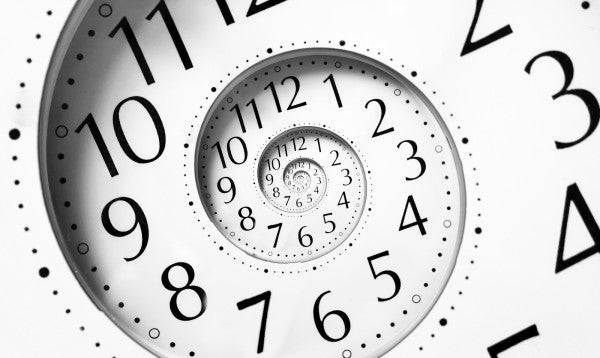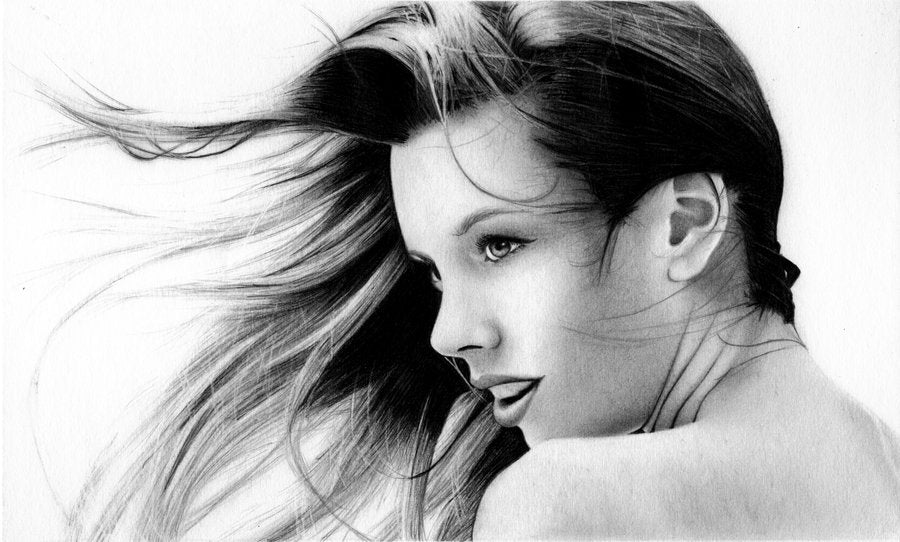Everything You Need to Know About Hair Types?
0 Comments
There are generally 4 basic types of hair used in hairpieces industry which include Synthetic hair, Normal human hair (which is further categorized into Chinese hair, Indian hair and European hair, etc.), Remy hair and Virgin hair. It is difficult to see the difference among all these hair types on the surface.


1. Three Common Real Human Hair Types
Chinese Hair: Chinese hair is not only available in large quantities but is also quite affordable. This type of hair is round, thick, rigid and coarse. Although Chinese hair is thicker by nature and is used if you do need a thick texture, we can request a soft, fine texture with Chinese hair. Chinese hair will not lose its quality after extreme processing, as long as the process is done correctly. Chinese hair is very flexible and strong and is suitable for most hair texture.


Indian Hair: This type of hair offers a really smooth and soft texture. This hair is very soft and fine and is best suited for dark hair colors of any hair length and shorter hair lengths in just about any color! Indian hair is a good match to Caucasian hair with a little bit of bend or a very slight wave. (Most of our stock hair systems are made out of Indian human hair, some are with Indian Remy hair. )


European Hair: European hair is considered to be the most popular type of hair used in the industry. It is natural silk-like softness and wavy style make it one of the best hair systems preferred by most clients. Given the immense popularity and demand for European hair, many retailers try to pass on the thin and soft versions of Chinese and Indian hair as this hair type to their customers.


2. Synthetic Hair V.S. Human hair
The difference between synthetic hair and human hair is in the fiber. The hair replacement system with synthetic hair is better at holding its hairstyle even after washing. Human hair looks and feels very real, but it has to be restyled after washing. Synthetic Hair and Human Hair have their own advantages and limitations which make them the right choice from different people. Optimally, you will choose to have both on hand as they each have their pluses!

Cr: wig.com
The Pros & Cons of Synthetic Hair
The Pros:
- Cost: Synthetic is relatively inexpensive
- Color Selections: What can choose whatever color you want when you buy a synthetic wig.
- Style Memory: Synthetic wig hold their style regardless of the weather. You simply wash, dry and then shake them out, and the wig will return to its initial style.
The Cons:
- Shine: Some cheap or low-quality synthetic wigs may have unnatural shine.
- Short Lifespan: The lifespan of the synthetic wig is shorter than human hair wigs. A synthetic wig typically lasts about 4-6 months if you wear it every day.
- Less Versatility: Synthetic wigs cannot be straightened or curled with heated styling tools. Recoloring is also not recommended because the color will not adhere to the fiber.

The Pros & Cons of Human Hair
The Pros:
- Natural Looking: Real human hair wig feels great and provides the very natural looking.
- Texture: There are various human hair types which provide different textures and you can the hair similar to yours.
- Lifespan: If you take care of your wig properly, human hair wig can last around one year even you wear it every day.
- Flexible Styling: You can color, perm or style the real human hair just like your own hair.
The Cons:
- Cost: Real human hair is more expensive because they are harvest from human being.
- Color Variation: It is difficult to replicate an exact color when you replace a human hair wig. Human hair wigs of the same color will vary slightly from wig to wig because each wig contains hair harvested from multiple people.
- Color Fading: The color of human hair will oxidize or fade with exposure to light.
- Weight: For the same length and style, human hair wig will feel heavier than synthetic hair wig.
- Fragile: The hair will incur damage if subjected to harsh brushing, back-combing or overuse of heated styling tools.


3. Remy Hair
Remy hair gets its name after the manner in which it is handled and stored, which is from the “root-to-tip”. This hair is cut directly from the head and ordered from “root-to-tip” to ensure that it is processed in the right order. Since the Remy hair is arranged in the direction of its natural growth, the cuticle layers are in the same direction and hence do not become tangled when the hair is wet.


4. Virgin Hair
The Virgin hair is totally unprocessed and has its cuticle layer still intact as it is not subjected to coloring or perming, whether it is straight or curly. This type of hair is generally collected from a single person, which is why it is raw and not chemically processed. Given the absolute purity of our Virgin hair, it has the color and texture of “dark brown” or “off-black” with a straight, wavy or curly style.
Tips: How to Identify Real Human Hair



 WhatsApp
WhatsApp




 Live:mynewhairline
Live:mynewhairline
